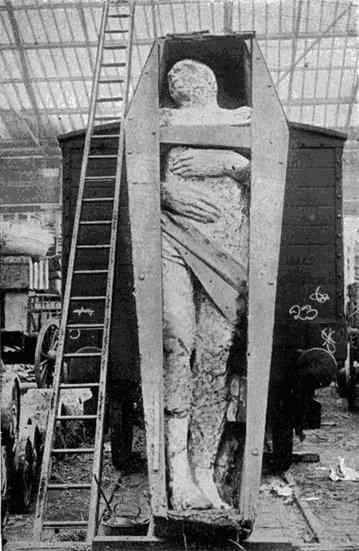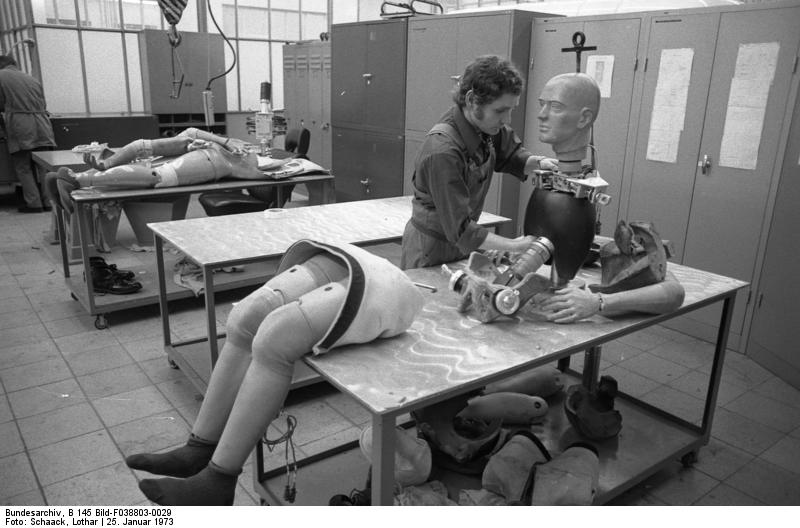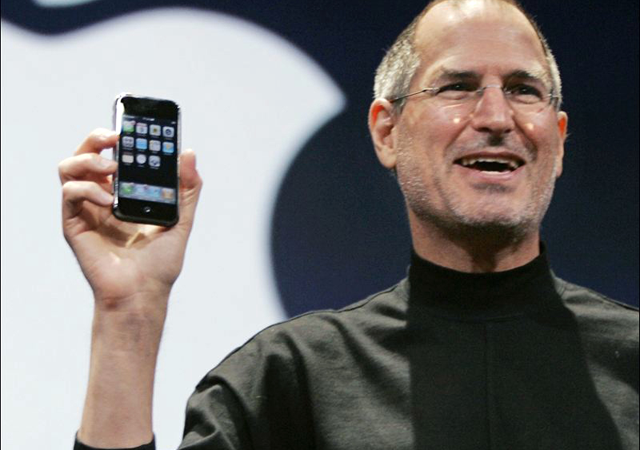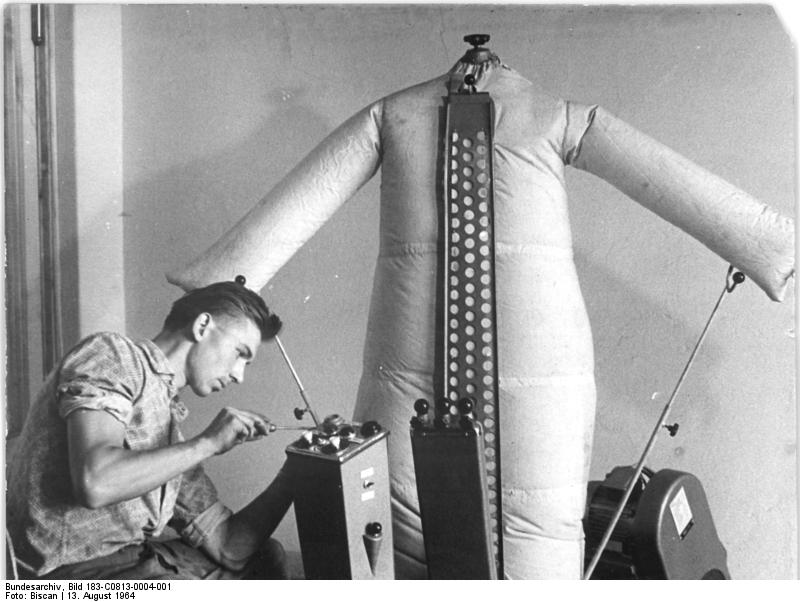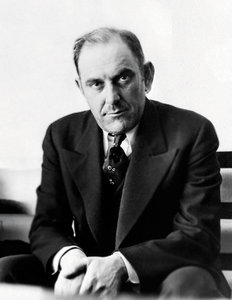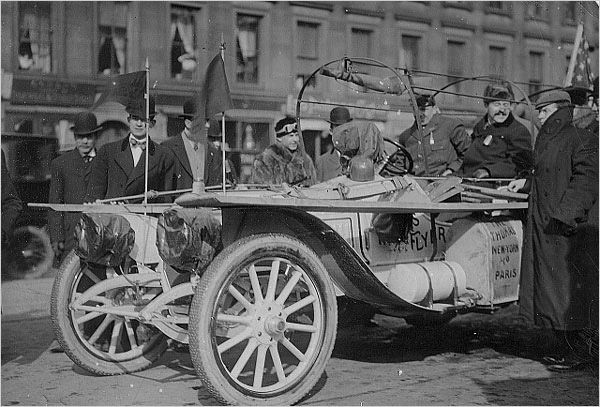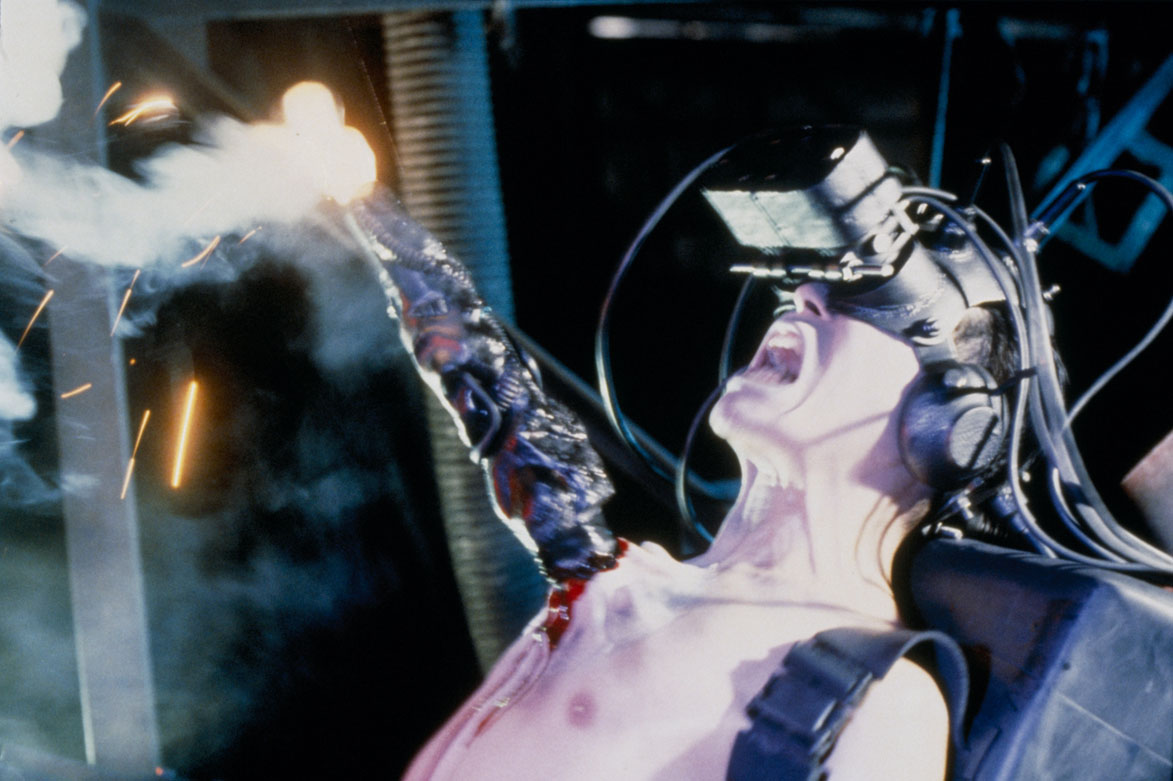I know there’ve been cults all throughout human history, but I tend to think of the ones that popped up in America after 1965. The classic 1949 photo above shows an earlier cult, a postwar sect established in Los Angeles known as the WKFL (Wisdom, Knowledge, Faith, Love) Fountain of the World. Founded by inveterate jailbird Francis Herman Pencovic, who reinvented himself as the self-styled messiah Krishna Venta, the group had an apocalyptic edge and seemed to be an antecedent to the Manson Family. Penecovic was murdered in 1958 in a suicide bombing perpetrated by former members of the cult. From the International Cultic Studies Association:
“His name was Krishna Venta, and Monday, December 10, 2008, marked the 50th anniversary of his violent assassination, which all told ended ten lives.
Born Francis Pencovic in the San Francisco of 1911, Venta was an interesting candidate for messiah, having previously lived as burglar, thief, con artist, and shipyard timekeeper. This changed in 1946 when, following a stretch on a chain gang and a stint in the Army, Pencovic’s body (or so he claimed) became the host vessel for the ‘Christ Everlasting,’ an eternal spirit being who had not only died on the cross at Calvary 2,000 years earlier, but had commandeered to Earth from the planet Neophrates a convoy of rocket ships whose passengers included Adam and Eve.
But in the wake of Hiroshima and Nagasaki, insisted Venta, such ancient history was irrelevant. This time around, his Earthly mission was to gather the 144,000 Elect foretold in Revelation and deliver them from an apocalypse heretofore unseen by mankind.
To draw attention to this cause, Venta donned a monk’s robe, permanently discarded footwear, and thereafter forewent cutting both hair and beard. In the Truman and Eisenhower eras, Venta, who frequently made headlines for both his luck at the dog track and his repeated arrests for failure to pay child support, cut a unique figure. His message, however, could not have been more tailor-made for Cold War America.
Armageddon, prophesied Venta, would begin as an armed race war in the streets of America.”









